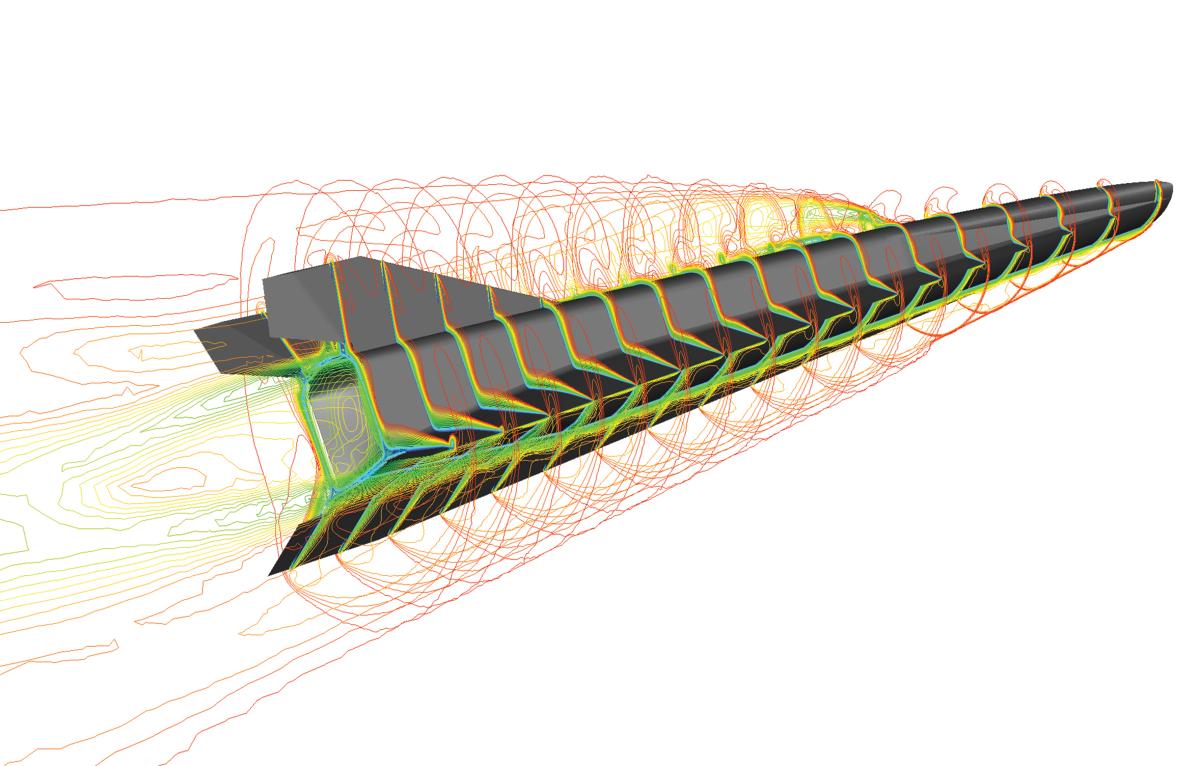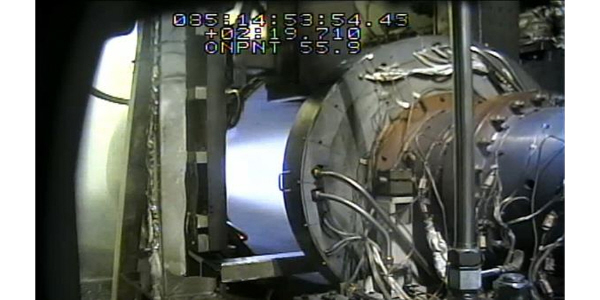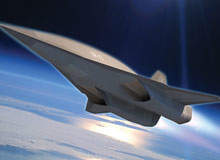Ten times the weight might be a different metric, but X-51 I think was ~3000lbs (not sure if that includes the booster). Seems like it might be a little light for a fighter, but then again maybe it would be a twin engined fighter. Plus we're just talking about a demonstrator engine. It seems like you could make a hypersonic fighter size aircraft with that engine; the hard part would be boosting an object of that size to effective scramjet speed. What would you even launch it off of, a Falcon 9?
X-51 was IIRC around 3000lb without the ATACMS booster, AF fact sheet says 4000lbs doesn't say if it's for the vehicle or the whole stack. Granted the last time I saw official X-51 documentation was over 12 years ago.
FWIW 30,000 lbs is an early F-16 in an A2A loadout, which is too big to fit under the wing of a BUFF. Why bring this up? One of the BUFF pilot, TPS instructor, then hypersonics guy, now retired just became the CTO at Stratolaunch, which announced it's focus is now hypersonic research. Coincidence?
If things scale up here, a 30,000 lb demonstrator would need a 10,000 lb booster if you can get the carrier up to 48-49,000 ft. The carrier can take up to a 500,000 lb payload to 35,000 ft, so a 30,000 lb demonstrator with a 20,000 lb booster is only 10% capacity. No need for something as big as an F9 first stage. Wonder if we're in for an announcement in the near future...
Edit:
Forgot to mention, Milkman (the CTO), who hated that call sign because he hated Karl Malone "The Mailman" (couldn't stand the Jazz), so he named himself "Doctor". So us crew dogs being crew dogs called him "Dr. Love" just to piss him off. Totally off topic funny aside, aside, Milkman/Doctor/Dr. Love was very heavily evolved in X-51 program even if Shotgun ended up flying the mission in the left seat...





